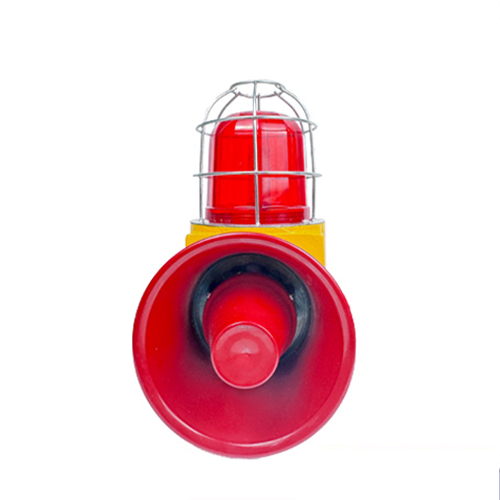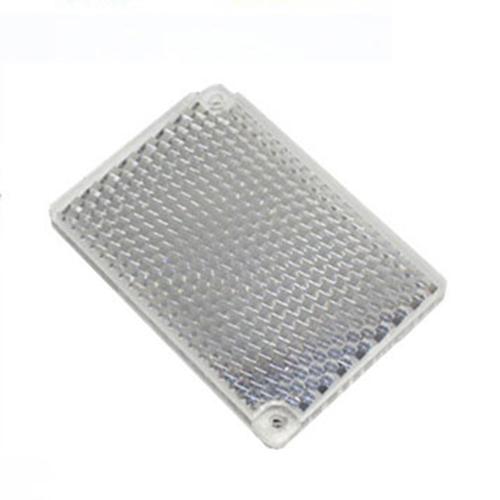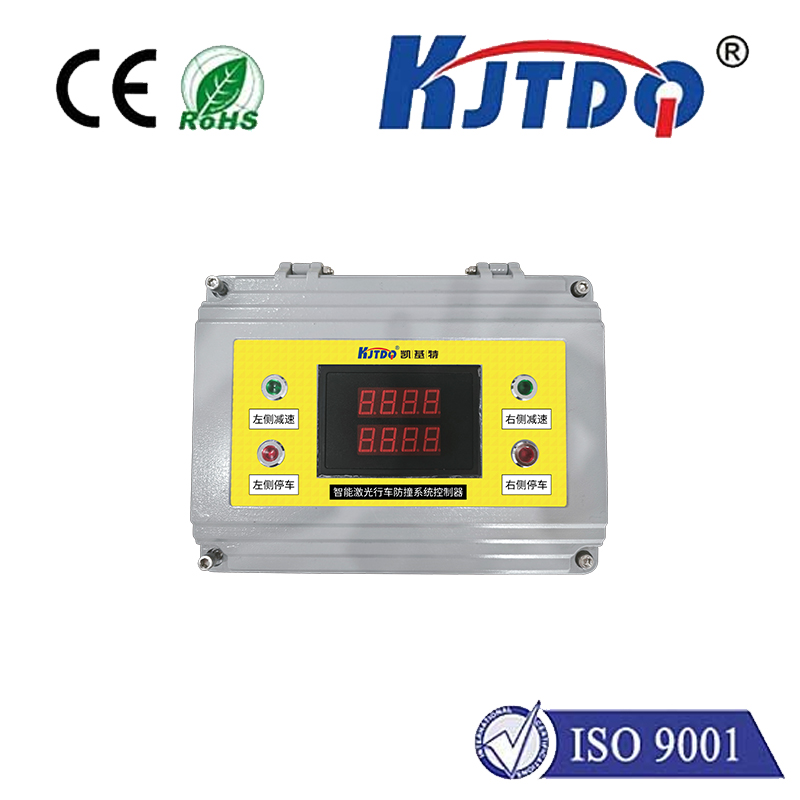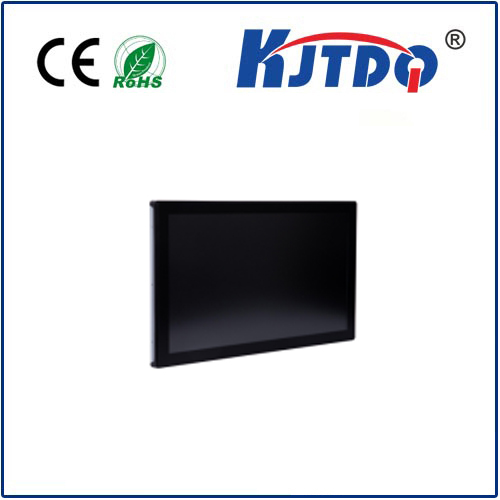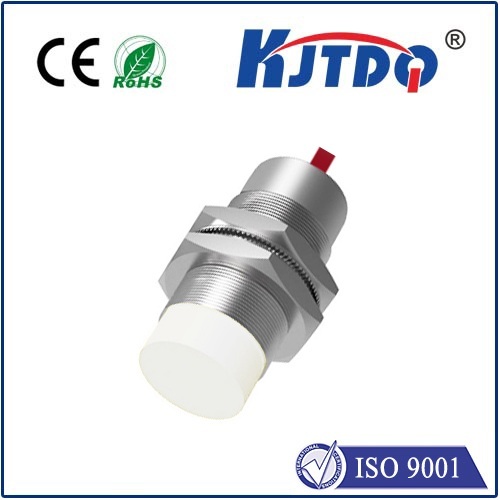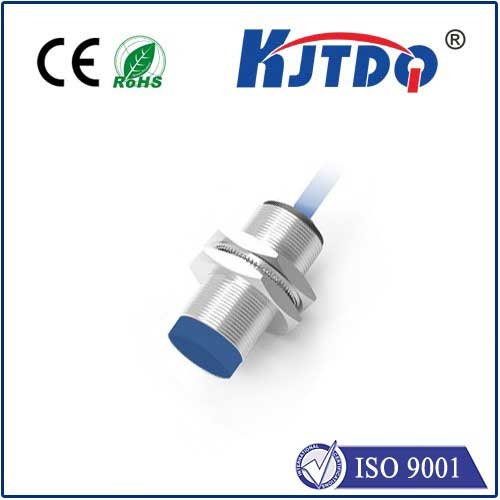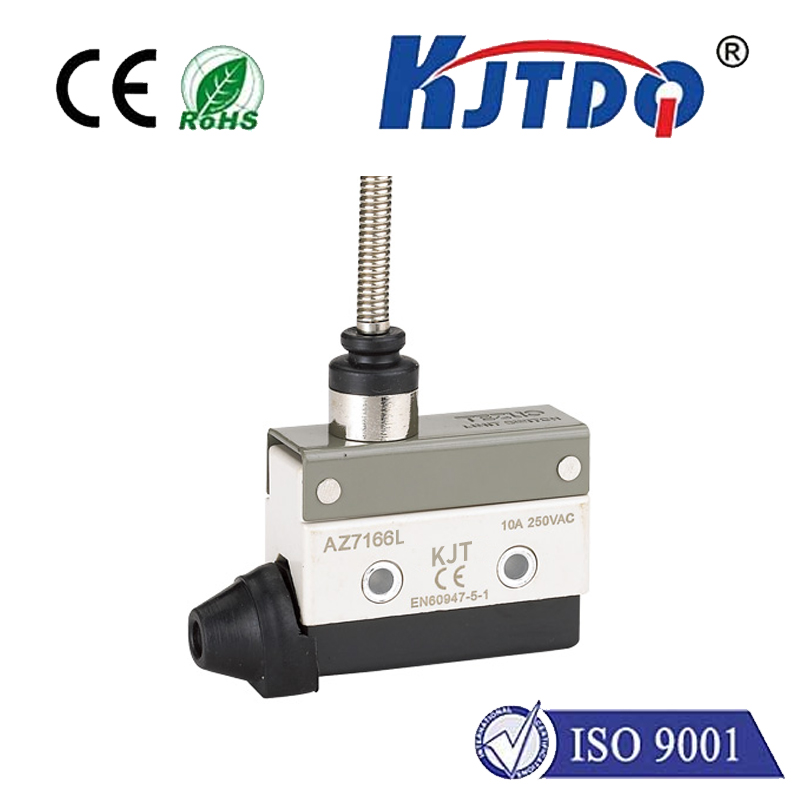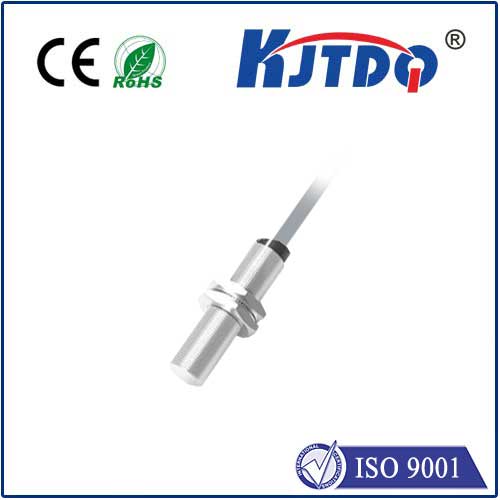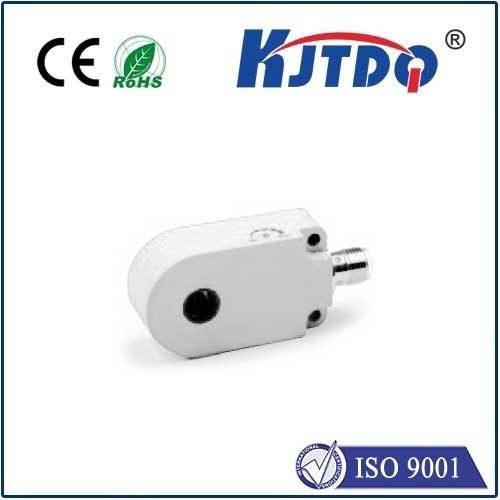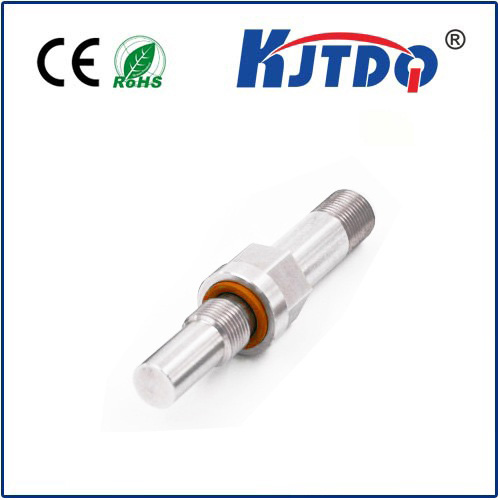capacitive occupancy sensor
- time:2025-06-18 01:53:20
- Click:0
Capacitive Occupity Sensors: Revolutionizing Space Awareness Through Touchless Technology
Imagine returning to your darkened office, arms full, and the lights magically illuminate your path. Or picture your home’s climate control subtly adjusting itself based on real-time room occupancy, slashing energy bills without a thought. This isn’t science fiction; it’s the increasingly common reality powered by a remarkable technology: the capacitive occupancy sensor. Moving beyond simple motion detection, these sensors offer a sophisticated, touchless way to understand exactly when and where a space is occupied, driving efficiency, comfort, and security like never before.
Beyond Motion: Understanding the “Capacitive” Difference
Unlike traditional passive infrared (PIR) sensors that detect movement via body heat, or ultrasonic sensors that bounce sound waves, capacitive occupancy sensors operate on a fundamentally different principle. They work by detecting changes in an electric field.
Here’s the core concept:

- The Electric Field: The sensor generates a low-energy, high-frequency electric field into its surrounding environment – often through an electrode integrated into a wall, ceiling tile, chair, floor mat, or even embedded within furniture.
- The Human Factor: The human body acts as a conductor (it contains a lot of water and electrolytes). When a person enters this electric field, it disturbs the field’s capacitance – essentially its ability to store electrical energy. The body acts as a “dielectric,” changing the field’s properties.
- Detection & Interpretation: Sophisticated electronics within the sensor constantly monitor the characteristics of this electric field (like its frequency or amplitude). A measurable change caused by the presence of a person triggers the sensor to register occupancy.
This method offers a crucial distinction: Capacitive sensors detect presence, not just motion. Someone sitting perfectly still, working at a desk or sleeping in bed, is reliably detected. This makes them ideal for applications where passive stillness is common.
Where Capacitive Occupancy Sensing Shines: Key Applications
The unique capabilities of capacitive technology unlock diverse and impactful applications:
- HVAC & Lighting Optimization: This is a primary domain. Capacitive sensors provide true presence detection in:
- Private offices, meeting rooms, and workstations.
- Hotel rooms (adjusting temperature when unoccupied).
- Restrooms (controlling ventilation and lighting more efficiently).
- Residential living spaces and bedrooms.
- Benefits: Significant energy savings by precisely turning off or reducing HVAC and lighting only when spaces are genuinely unoccupied. Enhanced comfort by maintaining conditions based on actual use. Think beyond motion: ensuring lights stay on during focused work or only turning on climate control when someone is actually in the hotel room.
- Space Utilization & Smart Building Management: Accurately tracking desk or room occupancy over time provides invaluable data.
- Identifying underutilized meeting rooms or workstations for better allocation.
- Optimizing cleaning schedules based on actual usage patterns (e.g., restrooms, shared kitchens).
- Dynamically managing shared office spaces or hot-desking environments.
- Benefits: Data-driven decisions for space optimization, reducing real estate costs, improving operational efficiency (like cleaning), and enhancing employee/tenant experience.
- Enhanced Security: Capacitive sensors add a reliable layer:
- Under-desk mats detecting unauthorized presence after hours.
- Integrated into sensitive cabinets or safes.
- Perimeter detection for high-security areas.
- Benefits: Provides reliable presence detection even for stationary intruders, complementing motion-based systems. Offers a privacy-safe alternative to cameras in sensitive locations.
- Automotive & Transportation: Sensing occupancy is critical for safety and comfort:
- Seat occupancy detection: For airbag deployment control and seatbelt reminder systems. Capacitive systems excel here, reliably detecting stationary passengers, even children in car seats, which weight-based sensors can miss.
- Passenger presence for climate zone control.
- Queue management systems in transit hubs.
- Benefits: Enhanced safety through reliable passenger detection, optimized comfort systems, and improved crowd flow management.
- Smart Furniture & Emerging IoT: Integrating capacitive sensing into chairs, beds, and sofas enables:
- Automatic adjustment of settings (lighting, climate) based on seated presence.
- Usage monitoring for ergonomics or resource planning (e.g., in coworking spaces).
- Health monitoring applications (basic presence detection as part of a larger system).
- Benefits: Creates truly responsive environments and gathers valuable usage data seamlessly.
The Compelling Advantages: Why Choose Capacitive?
Capacitive occupancy sensors offer several distinct benefits over alternatives:
- True Presence Detection: Their standout feature. Reliably detects stationary people, overcoming a major limitation of PIR motion sensors.
- Material Penetration: The electric field can penetrate non-conductive materials like wood, plastic, fabric, glass, and even thin walls or flooring. This allows for discreet, hidden installation (under desks, within ceilings, inside furniture upholstery).
- Touchless Operation: Requires no physical contact, ensuring hygiene and ease of use.
- Immunity to Environmental Factors: Generally unaffected by ambient temperature changes, air currents (drafts), or background noise – factors that can trigger false alarms in ultrasonic or PIR sensors.
- Privacy-Safe: Unlike cameras, they detect presence without revealing identity or capturing any visual data. They simply sense a conductive mass is within the field.
- Versatility: Can be scaled and shaped for various applications – from small seat pads to large ceiling tiles or floor mats.
Capacitive vs. Other Occupancy Detection Methods: A Quick Comparison
- PIR (Passive Infrared): Detects motion via heat signatures. Prone to false negatives on stationary people. Affected by temperature changes. Cost-effective for basic motion sensing. Best for corridors, areas where constant movement is expected.
- Ultrasonic: Emits sound waves and detects reflections from moving objects. Can detect slow movement better than PIR but may be triggered by air movement or noise. Struggles with stationary presence. Can be effective in open areas where minor movement occurs.
- Camera-Based (Video Analytics): Can provide detailed occupancy count, location, and even identity. Raises significant privacy concerns. Requires clear line-of-sight and good lighting. Computationally intensive. Best where detailed analytics outweigh privacy considerations (e.g., retail analytics).
- Weight/Pressure Sensors: Often used in seats. Can be precise but require physical contact/loading. Mechanical wear is a factor. Standard for simpler seat occupancy in vehicles (though capacitive is rising for robustness).
- Capacitive: Detects presence (stationary or moving) via electric field distortion. Works through many materials. Privacy-safe. Immune to many environmental factors. Ideal for areas requiring reliable presence detection of stationary occupants, discreet installation, or where privacy is paramount.
**






